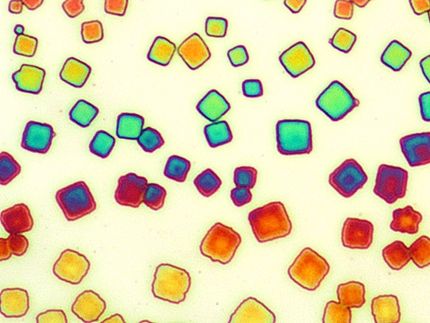The proof is in the pudding
Confirming the link between disorder and metastability in granular physics
There is an important difference between knowing something, and being able to prove something. Even in science, there are ideas that everyone shares, but no one can prove. The link between disorder and metastability in a s was one of such ideas, until three researchers devised an experiment to measure the relationship between the two phenomena.
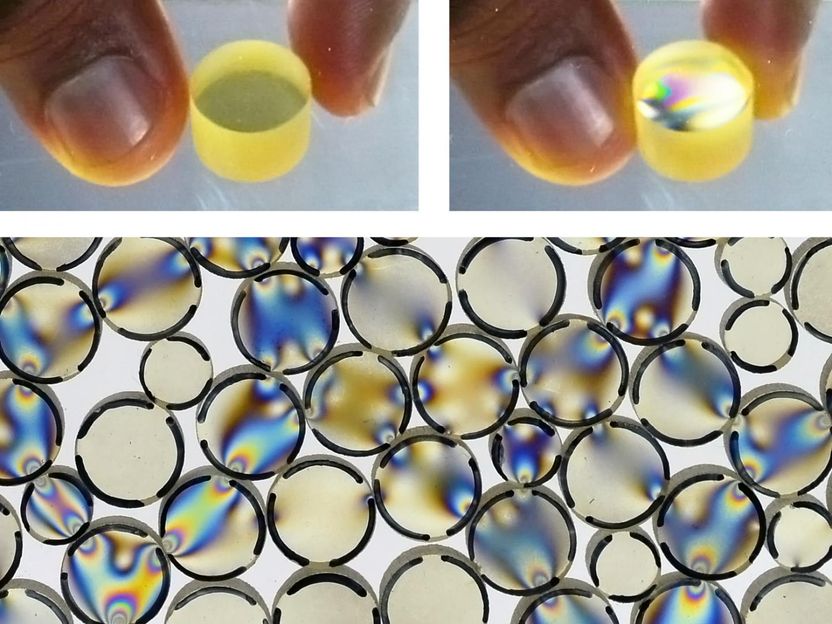
Top: a photo-elastic disk at rest (left) and squeezed (right). Bottom: photo-elastic disks during an experiment. Granular force chains appear as multicolour bands on the surface of the disks. These photos are taken using a polarized lens.
OIST
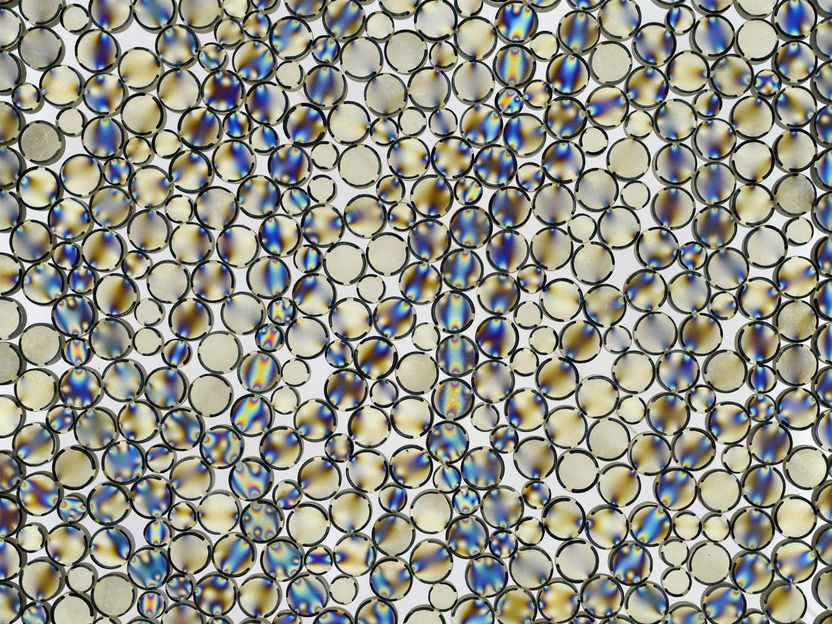
Photo-elastic disks during an experiment.
OIST
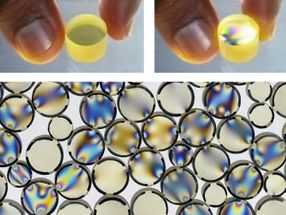
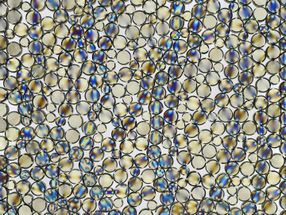
Prof Mahesh Bandi, lead researcher of the Collective Interactions Unit at the Okinawa Institute of Science and Technology Graduate University (OIST), is one of these three researchers. Together with two colleagues from Nagoya University, Naoki Iikawa and Prof Hiroaki Katsuragi, Prof Bandi has shown for the first time that it is possible to detect and quantify metastability induced by disorder. "Everyone expected this result," said Bandi, "but before us no one was able to find a way to measure the relationship between disorder and metastability in granular materials."
Metastability is a concept linked with the level of energy in a physics system. When a physics system is stable, it has only one state of low energy. Its energy is like a bucket in a well: when it goes down, it will always end up in the same water pool.
But there are physics systems that can be equated to strange wells. Wells that have many water pools at their bottom. When the bucket goes down in one of these wells, it is not possible to predict with certainty in which pool it will end up. Furthermore, if the bucket is lifted to any height in the well and then released, it may end up in a different pool. These physics systems are metastable: the lowest state of energy for these systems is neither unique nor predictable.
The relationship between metastability and disorder was elusive since the measurements typically used in granular physics are not sensitive enough to detect metastability. Bandi and colleagues succeeded because they thought out of the box. They borrowed a parameter, called 'S', from a different branch of physics, liquid crystal physics. They showed that S can be used to detect the orientation of the forces inside a granular material. These forces, called force chains, are the networks of forces that arise from the contacts among grains. Force chains give granular materials their physical proprieties. To study force chains, the scientists used special disks, called photo-elastic disks, which change their appearance when compressed.
After checking that in an ordered configuration there was no change in S, the scientists set up a random configuration of photo-elastic disks. They took disks of two different diameters, and inserted them in a vertical structure. Inside such configuration, the force chains pointed along any direction. "Then, we tapped the structure," Bandi recollects, "hitting it along the vertical direction."
The configuration of the disks stayed the same, but the force chains slowly oriented themselves from the direction of gravity towards all random directions. The scientists captured high-resolution images of this process. The images showed the changing force chains, and the researchers translated the visual information into numbers. The resulting values of S confirmed the change in the force chains, finally proving the link between disorder, induced by tapping, and the metastable energy state of the granular material, which changed after each tapping like a bucket changing pool in one of those strange wells.
While this result was expected, the introduction of S, the parameter from liquid crystal, represents an important change in the study of granular materials. S switches the focus from the structure of granular materials, to the orientation of the force chains inside granular materials. Such switch of focus provides the researchers with a new way to conceptualize disorder and metastability in granular materials, hopefully leading to new advances in the understanding of these materials.

